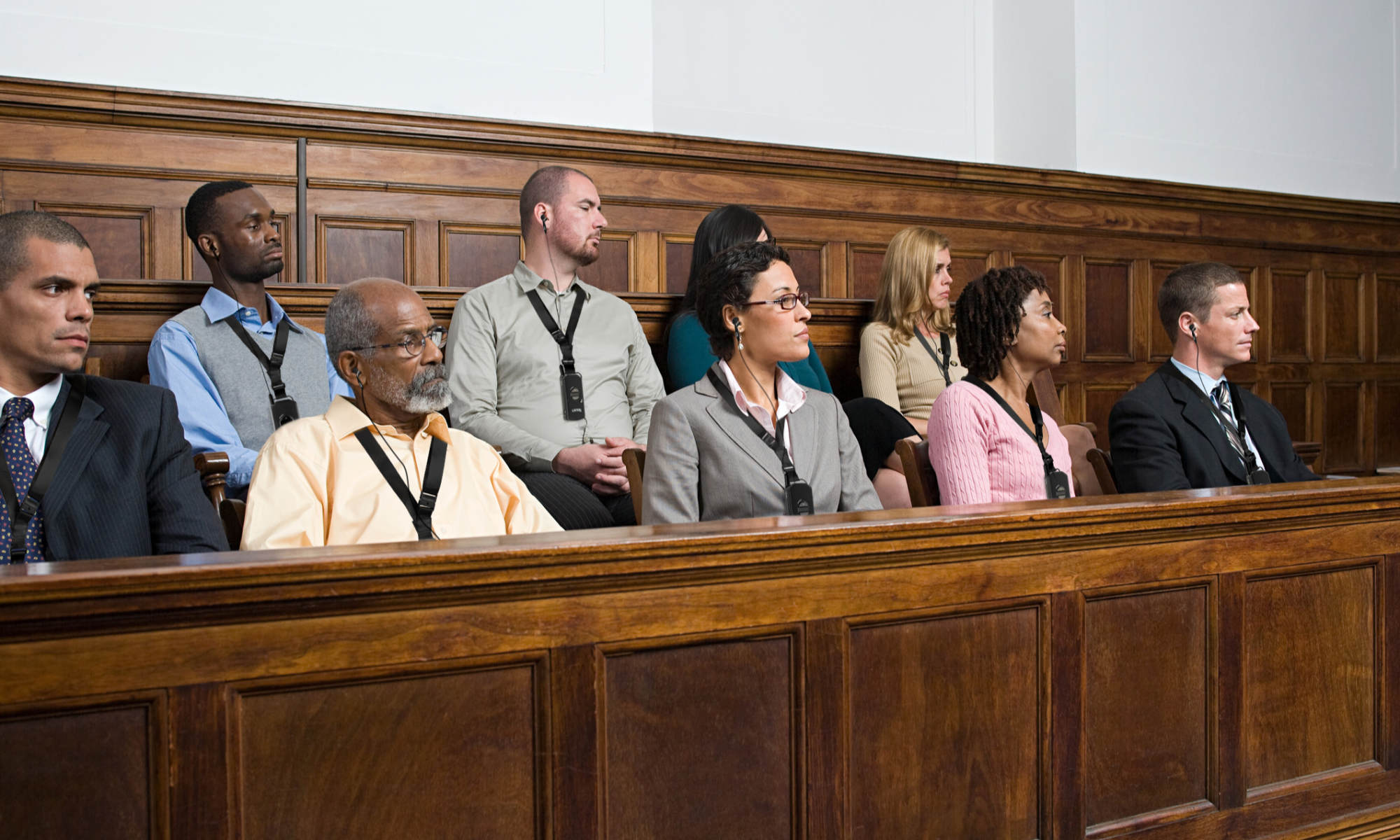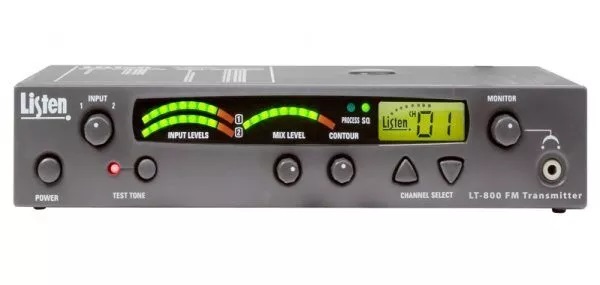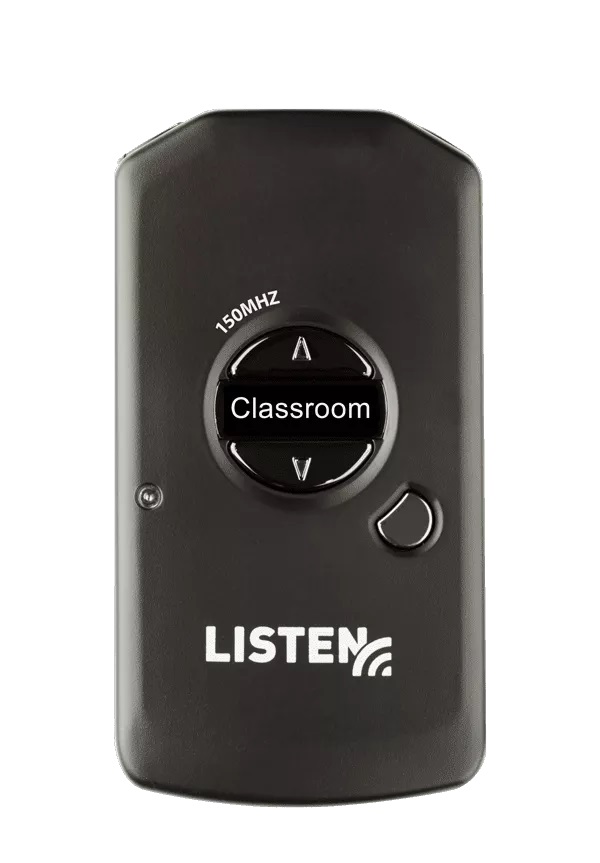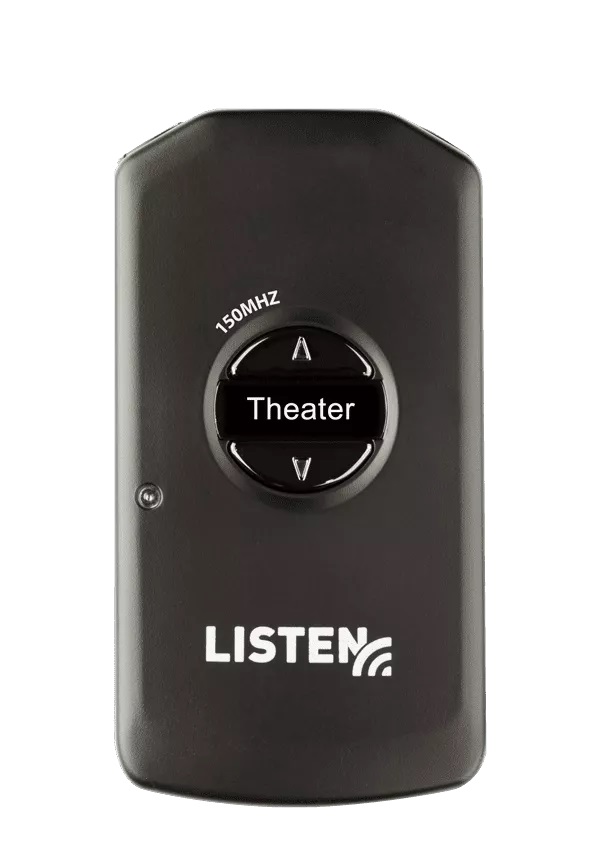Radio Frequency Hearing Assistance
FM systems, also known as radio frequency hearing assistance systems, stand as technological marvels that bridge auditory gaps in educational settings. It has become a catalyst for enriched and immersive learning experiences. As an integral part of modern education, FM systems for classrooms exemplify innovation and commitment to creating environments where every voice is heard and every student can engage with knowledge on an equal footing.

How FM Systems for classrooms Operate
The operational simplicity of FM systems contributes to their effectiveness. A transmitter, linked to the venue’s sound system, emits radio signals that are effortlessly picked up by receivers worn by students. These receivers, coupled with headphones, enable students to tune into the transmitted signals, facilitating clear audio reception from any seat within the classroom. For those with hearing aids, a receiver loop worn around the neck seamlessly integrates with the telecoil setting, ensuring a harmonious auditory experience.
Key Features of Radio Frequency Hearing Assistance Systems
Simplicity
Users can effortlessly collect a receiver, enjoying optimal sound quality at their prefered volume without causing disruption to others.
Accessibility
Tailored to diverse needs, users with hearing aids can opt for a neck loop, while others can use headphones for a personalised listening experience.
Rechargeability
The venue can conveniently store and charge receivers to ensure their readiness for the following use.
Components of Radio Frequency Hearing Assistance Systems

LT-800-150-04 Stationary RF Transmitter (150 MHz)
This transmitter, offering remarkable audio clarity and 32 selectable channels, serves as a pivotal component, ensuring a superior assistive listening experience.

LR-5200-150 Advanced Intelligent DSP RF Receiver (150 MHz)
Compact and high-performing, this receiver minimises noise and maximises audio quality, catering to the needs of assistive listening users.

LR-4200-150 Intelligent DSP RF Receiver (150MHz)
Known for its outstanding audio clarity, compact design, and hands-free convenience, this receiver enhances the overall listening experience.
FM Hearing Assistance
Ideal Applications for FM Hearing Assistance
FM systems for classrooms find ideal applications in large areas and multiple spaces, making them perfect for venues like the Victorian Arts Centre, Village Cinemas, and the Melbourne Theatre Company. These systems seamlessly integrate into service offerings, enhancing the listening enjoyment of customers. Moreover, they serve as an upgraded alternative to traditional hearing loops, expanding benefits to all customers within expansive areas or multifunctional spaces.
Links to Radio Frequency Resources
Word of Mouth Technology: Pioneering Classroom Inclusivity
As specialists in hearing augmentation and assistive listening technologies, Word of Mouth Technology takes pride in empowering educational institutions, schools, employers, and government agencies. Collaborating with the architectural, engineering, and construction sectors, we offer tailored solutions that align with Australian, BCA, and premises standards. Our commitment to creating inclusive learning environments propels us to introduce and champion FM systems for classrooms, redefining auditory accessibility in education.
Exploring FM Systems for Classrooms: Future-Forward Education
In the ever-evolving landscape of education, the integration of FM systems heralds a future-forward approach to classroom accessibility. As technology continues to reshape traditional teaching methods, FM systems stand at the forefront of innovations designed to create inclusive learning environments.
The adaptability of FM systems in classrooms not only addresses auditory challenges but also aligns seamlessly with the dynamic needs of modern education. These systems represent a progressive step towards fostering an atmosphere where every student can actively participate and engage with educational content. By leveraging radio frequency hearing assistance, FM systems eliminate the barriers posed by varying hearing abilities, ensuring that the learning experience is optimally accessible for all.
The Future of Auditory Accessibility in Education
The incorporation of FM systems reflects a commitment to staying ahead of the curve in education. These systems not only enhance auditory experiences but also contribute to the overall effectiveness of teaching and learning. The technological synergy between transmitters and receivers ensures that students, regardless of their seating arrangement, can benefit from crystal-clear audio reception.
Moreover, as educational spaces become more diverse and multifunctional, the versatility of FM systems becomes increasingly evident. From traditional classrooms to expansive lecture halls, FM systems provide a consistent and high-quality auditory experience, transcending the limitations of conventional hearing aids.
As educational institutions strive to embrace diversity and inclusivity, the adoption of FM systems becomes a strategic investment in the future of learning. By championing technology that accommodates varying needs, institutions pave the way for a more accessible, engaging, and forward-thinking educational experience. The incorporation of FM systems not only addresses current challenges but also positions classrooms at the forefront of technological advancements, ensuring that education remains a beacon of inclusivity in the years to come.
